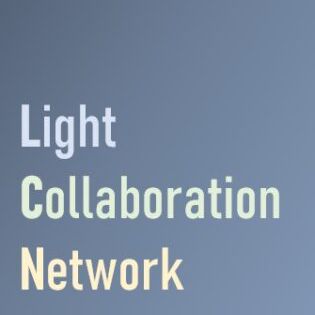Integrative Lighting was suggested as a term by the International Committee on Illumination (CIE) in a position paper in 2019 in which the authors sought to better characterise and justify lighting practices that are based on research. It also distinguishes these practices from the marketing buzz that has been associated with “Human-Centric Lighting” and its related claims and promises to improve health and wellbeing.
An Holistic Approach
Integrative Lighting suggests an holistic approach to both lighting research and practice. For example it could be the integration of visual aspects, such as those related to visual performance, comfort and aesthetics, as well as non-visual aspects, including alertness, impact on circadian rhythms and more.
In addition, the term could indicate the integration between daylight and electric lighting, and also the integration between research and design.
The lighting community is still at the beginning of developing and testing various integrative approaches. A toolbox from CIE suggests a way to measure and characterise the spectral lighting qualities in a more differentiated and complete way.
In addition, some research articles have proposed measures to inform lighting design practitioners about practices for both visual and non-visual aspects. Guidelines, however, do not replace design creativity, and many different design strategies can be used to achieve a result that is consistent with guidelines based on research results.
Online Training
In the autumn of 2021, the Light4Health consortium, funded through Erasmus +, published open-access online educational resources to introduce the CIE toolbox and related research-based practice for the world of lighting design. The material was developed through lighting design workshops with international students and teachers from six different universities.
One goal of this project was to inspire a discussion on how to integrate research and practice and get them to inform each other.

